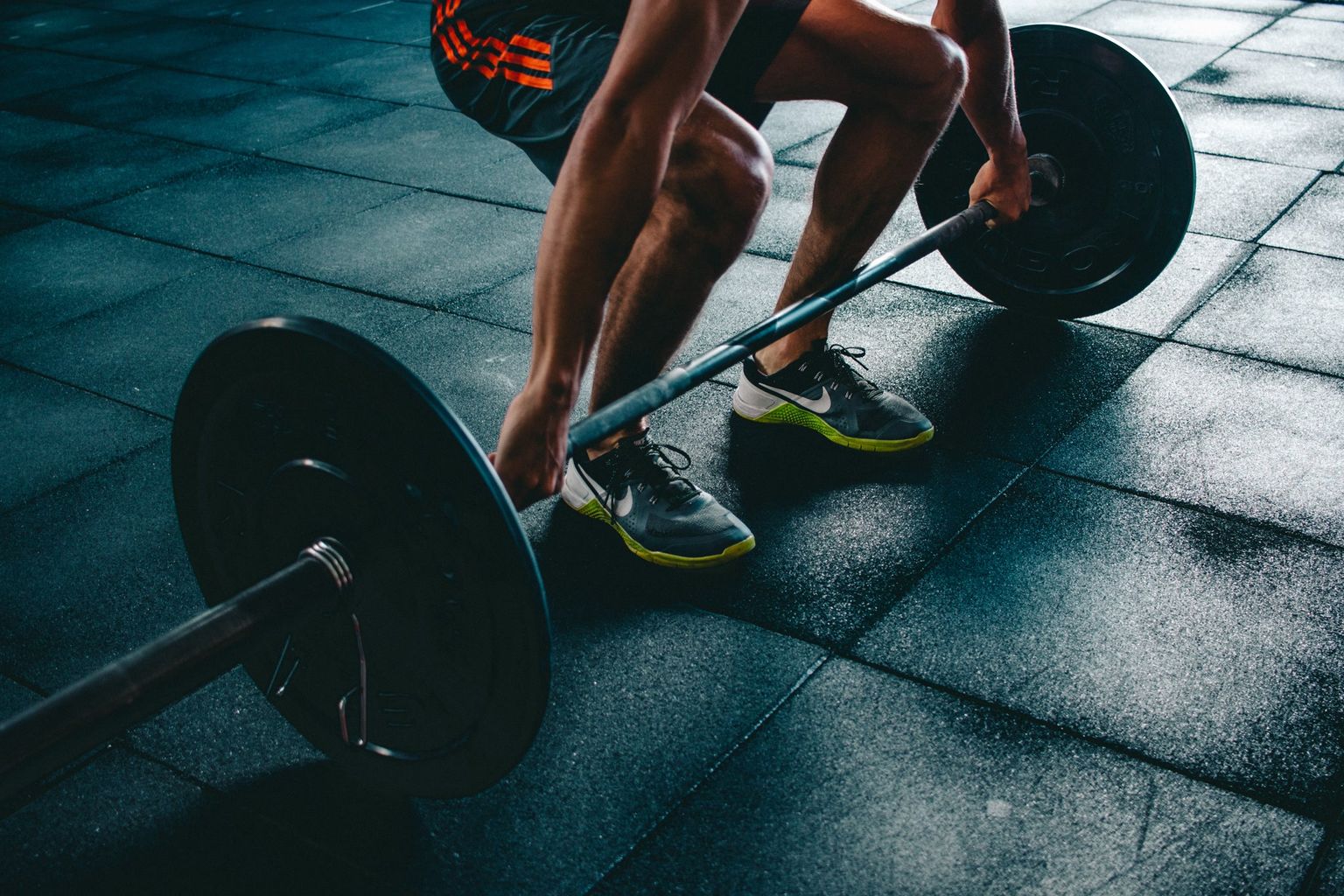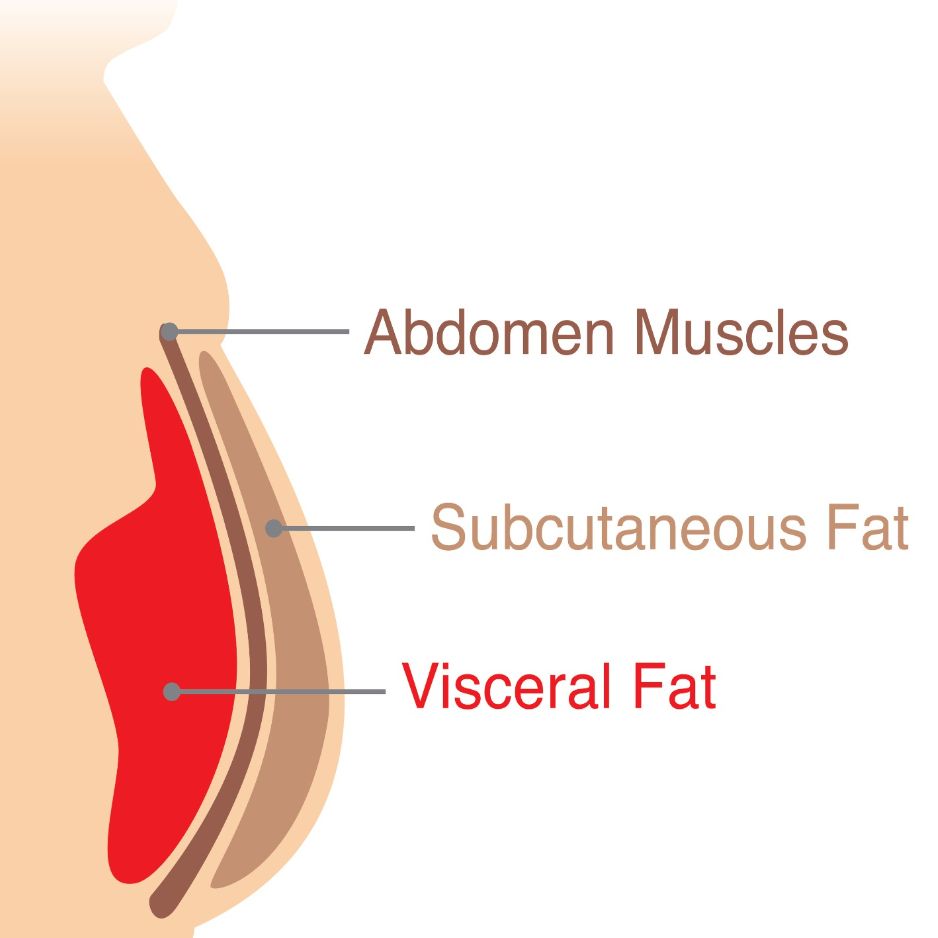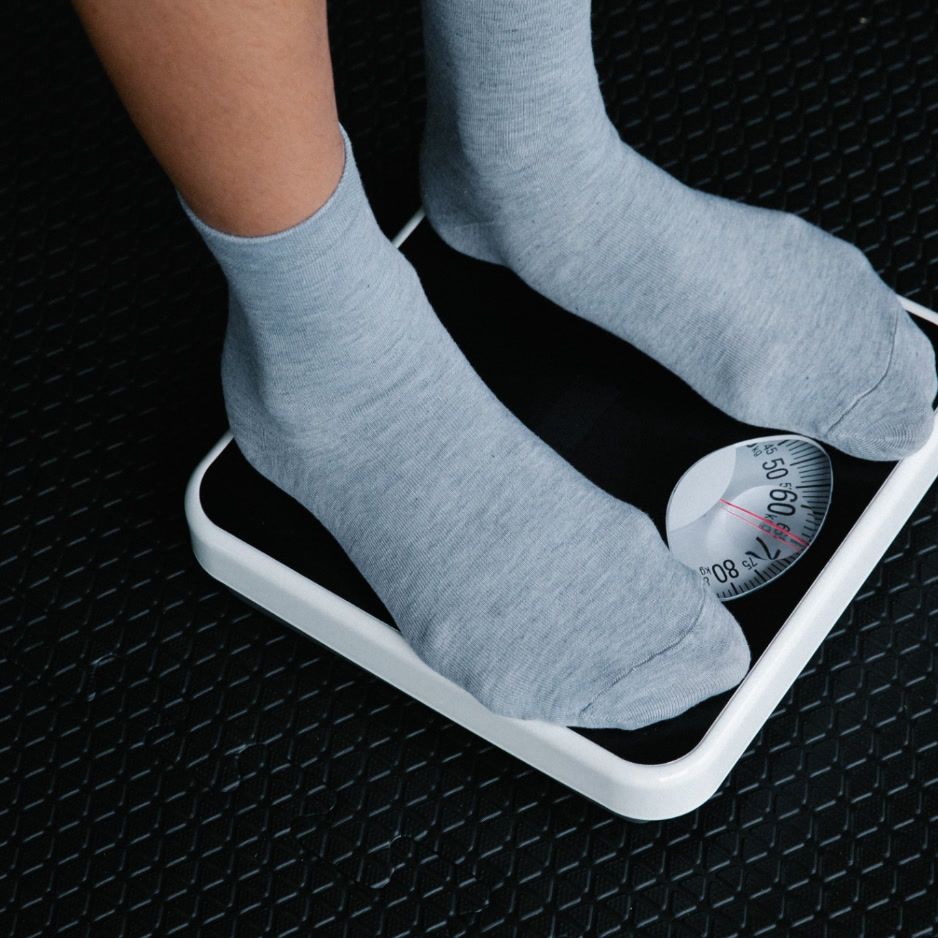RPE Meaning and How to Use the RPE Scale in Training

RPE Meaning: How to Use the RPE Scale in Training
RPE stands for Rate of Perceived Exertion. It’s a simple, equipment-free way to quantify how hard a workout feels. Developed in the 1960s and refined ever since, RPE condenses complex physiological feedback into a single number you can jot in your training log or relay to a coach. Master the scale and you can fine-tune intensity, avoid overtraining, and make smarter programming decisions.
The Evolution of RPE Scales
Swedish psychologist Gunnar Borg introduced the original 6–20 RPE scale in the 1960s. The numbers were chosen so that multiplying the RPE by 10 roughly matched a young adult’s heart rate (e.g., an RPE of 13 ≈ 130 bpm) (Borg’s foundational study).
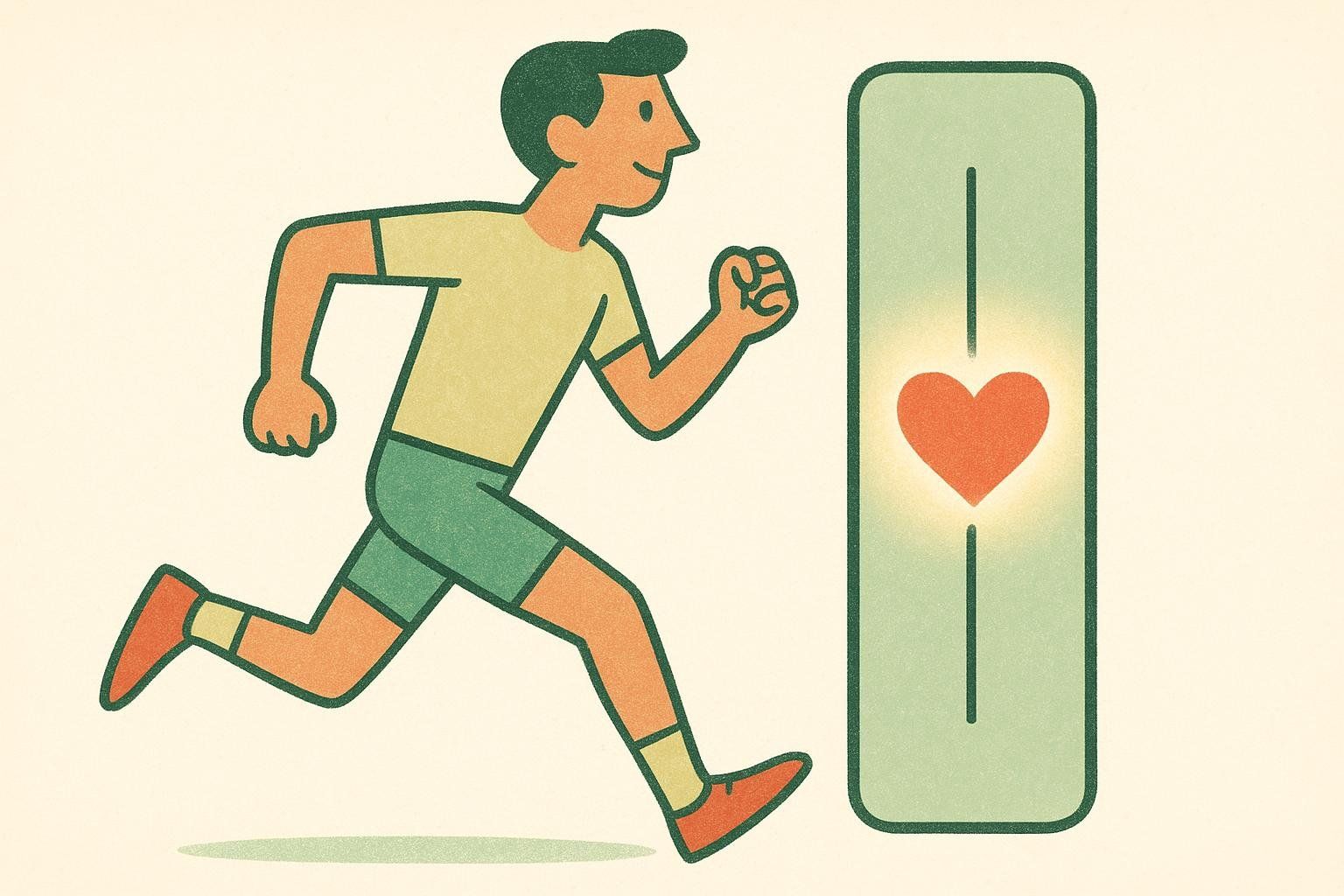
Coaches and researchers now rely on three primary versions of the scale:
| Scale | Range | Main Use | Common Name |
|---|---|---|---|
| Borg 6–20 | 6 (no exertion) → 20 (max) | Clinical testing, endurance sports | Classic Borg |
| CR-10 | 0 (nothing) → 10 (max) | Muscle pain, breathlessness | Category-Ratio 10 |
| Modern 1–10 | 1 (very easy) → 10 (all-out) | Strength training, apps | RIR-based |
In contemporary strength training, for example, a rating of RPE 8 usually corresponds to roughly two reps in reserve (RIR) before technical failure (BarBend guide).
Why Use RPE? Key Benefits

- Autoregulation – Recovery, sleep, and stress fluctuate daily. RPE lets you adjust load or pace on the fly instead of obeying yesterday’s percentages.
- Universal Application – It applies to any exercise modality, from strength training to cardiovascular workouts.
- Bridging Objective & Subjective – Research shows RPE 13–15 aligns closely with lactate-threshold running pace, the intensity where blood lactate rises rapidly (UNM review).
RPE Cheat Sheet (All Scales Side-by-Side)
| Feel | 6–20 Borg | 1–10 Modern | Approx. RIR | % 1RM (Strength) |
|---|---|---|---|---|
| Resting | 6 | 1 | N/A | 0–30 % |
| Very Light | 9 | 3 | N/A | 30–50 % |
| Light | 11 | 4 | 8–10 | 50–60 % |
| Somewhat Hard | 13 | 6 | 5–6 | 65–75 % |
| Hard | 15 | 7 | 3–4 | 75–82 % |
| Very Hard | 17 | 8 | 2 | 82–88 % |
| Extremely Hard | 19 | 9 | 1 | 88–95 % |
| Max Effort | 20 | 10 | 0 | 95–100 % |
*Percent of one-repetition-max values are generalized estimates.
Strength Training: Programming With RPE
- Warm-Up Gauge – Ascend in weight until your final warm-up rep feels like RPE 6; this calibrates your effort level for the day’s workout.
- Working Sets – Follow prescriptions like “3 × 5 @ RPE 8.” You should finish each set with approximately two reps in reserve.
- Fatigue Management – Many lifters end a set if bar speed slows markedly (often > 25 % velocity loss) or once RPE hits the target, whichever comes first (systematic review).
For a refresher on training variables, see our guide to eccentric vs. concentric training.
Sample Lower-Body Session (Intermediate)
| Exercise | Sets × Reps | Target RPE |
|---|---|---|
| Back Squat | 4 × 6 | 7–8 |
| Romanian Deadlift | 3 × 8 | 7 |
| Walking Lunge | 3 × 10 per leg | 6 |
| Calf Raise | 3 × 15 | 7 |
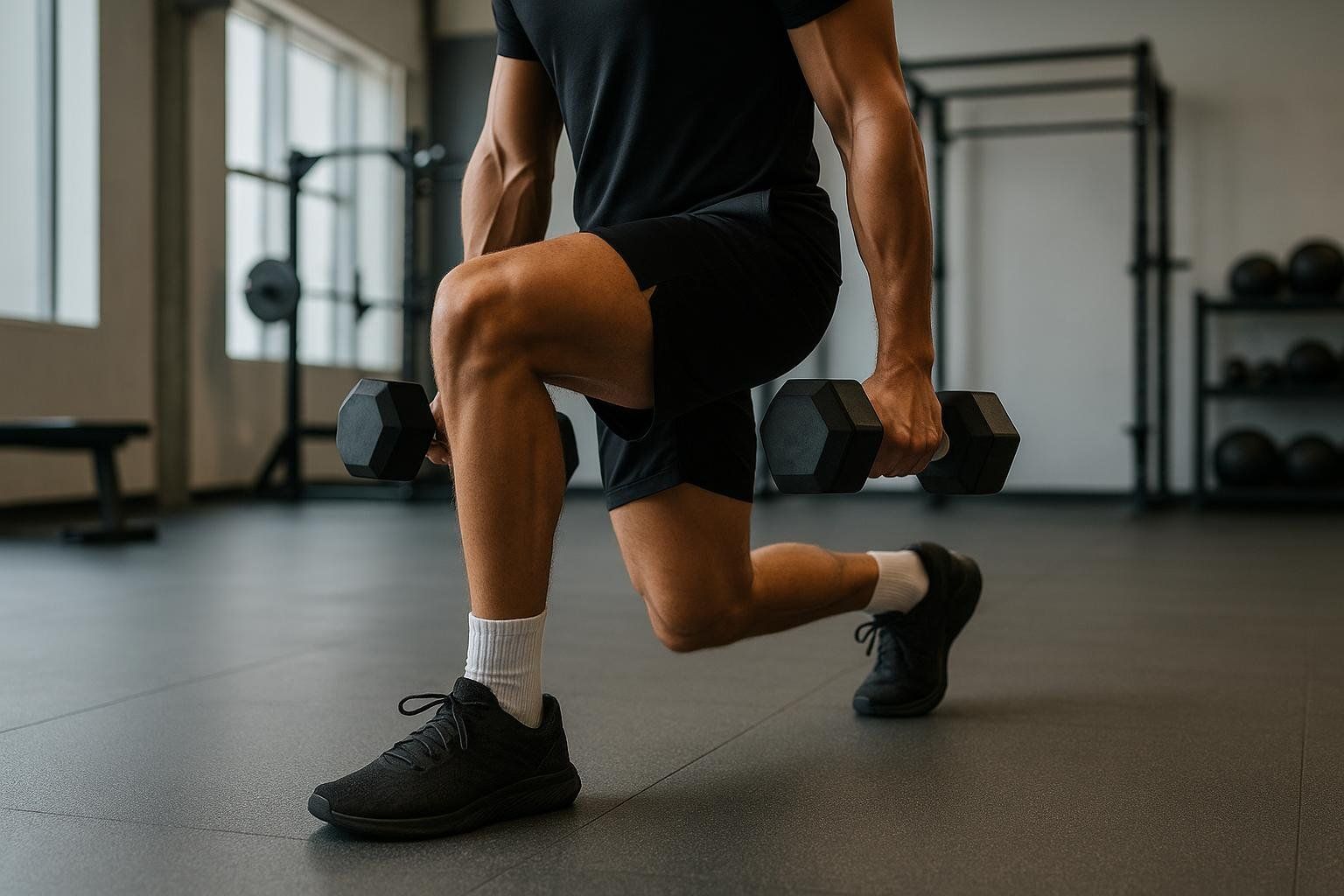
Endurance Workouts: Pacing by Perception
Runners and cyclists often juggle GPS, power meters, and heart-rate straps. When gadgets glitch, RPE steps in:
| Run Type | Target 6–20 | Target 1–10 | HR Zone |
|---|---|---|---|
| Long Easy | 11–12 | 4 | Zone 2 |
| Tempo | 13–15 | 6–7 | Zone 3–4 |
| Interval | 17–18 | 8–9 | Zone 5 |

Want to explore aerobic performance further? Read our VO₂ guide: What Is VO₂ Max & How to Improve It.
Common RPE Mistakes (and Quick Fixes)
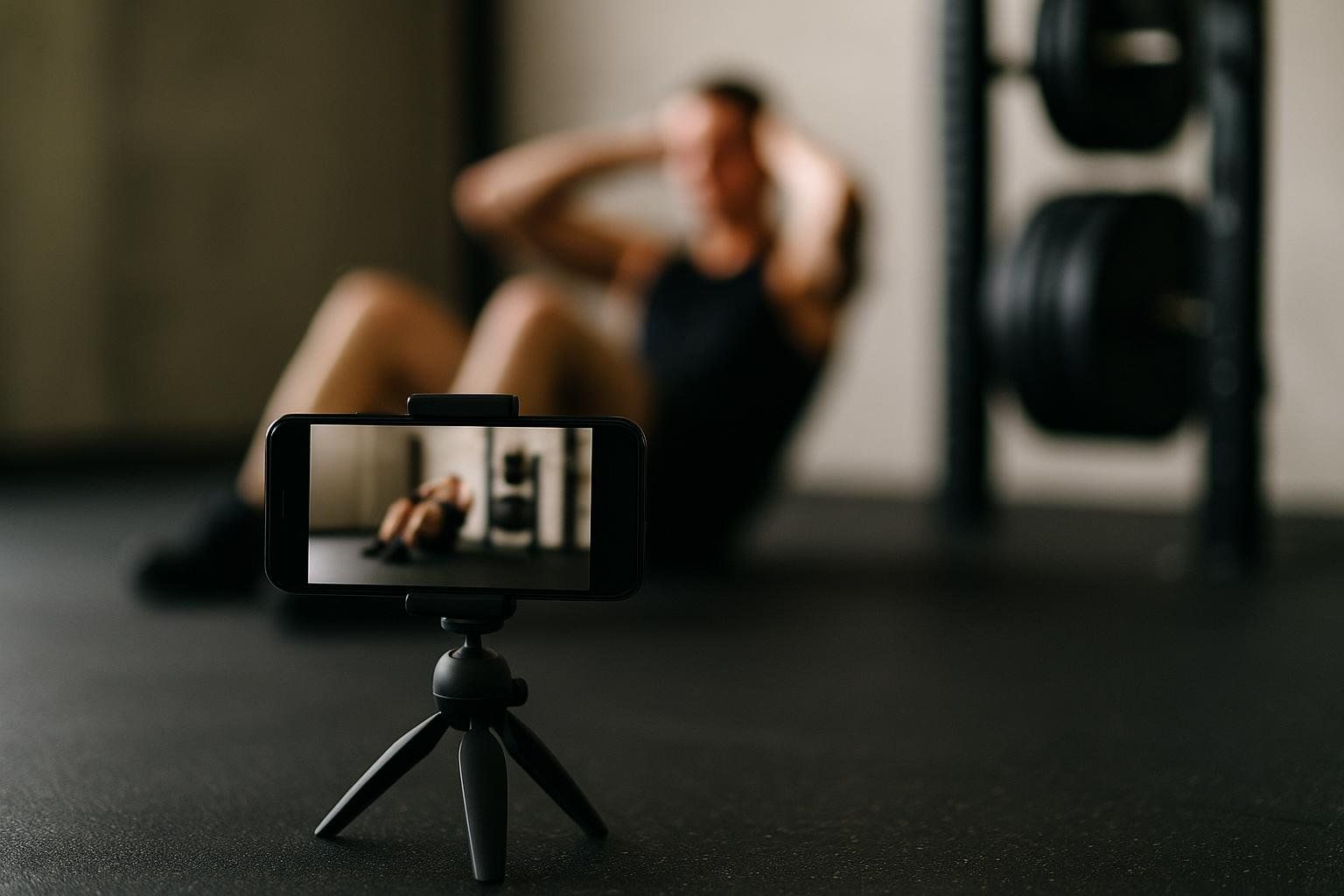
- Mistake: Overestimating effort
Fix: Record your lifts and compare bar speed or visible form breakdown to keep ratings honest. - Mistake: Exceeding prescribed intensity
Fix: Avoid pushing for a personal record simply because you feel good. Adhering to the planned RPE prevents excessive fatigue and supports long-term progress. - Mistake: Ignoring low-RPE days
Fix: Easy sessions drive adaptation. Keep recovery workouts within the target RPE range so that high-intensity days stay effective.
Calibrate Your Perception With Objective Data
Objective data helps validate your perception. As training enhances strength through neural adaptations and muscle growth, the weight that feels like an RPE 8 will gradually increase. A BodySpec scan quantifies changes in lean muscle mass, providing concrete evidence of the physical improvements that underlie lower perceived exertion.
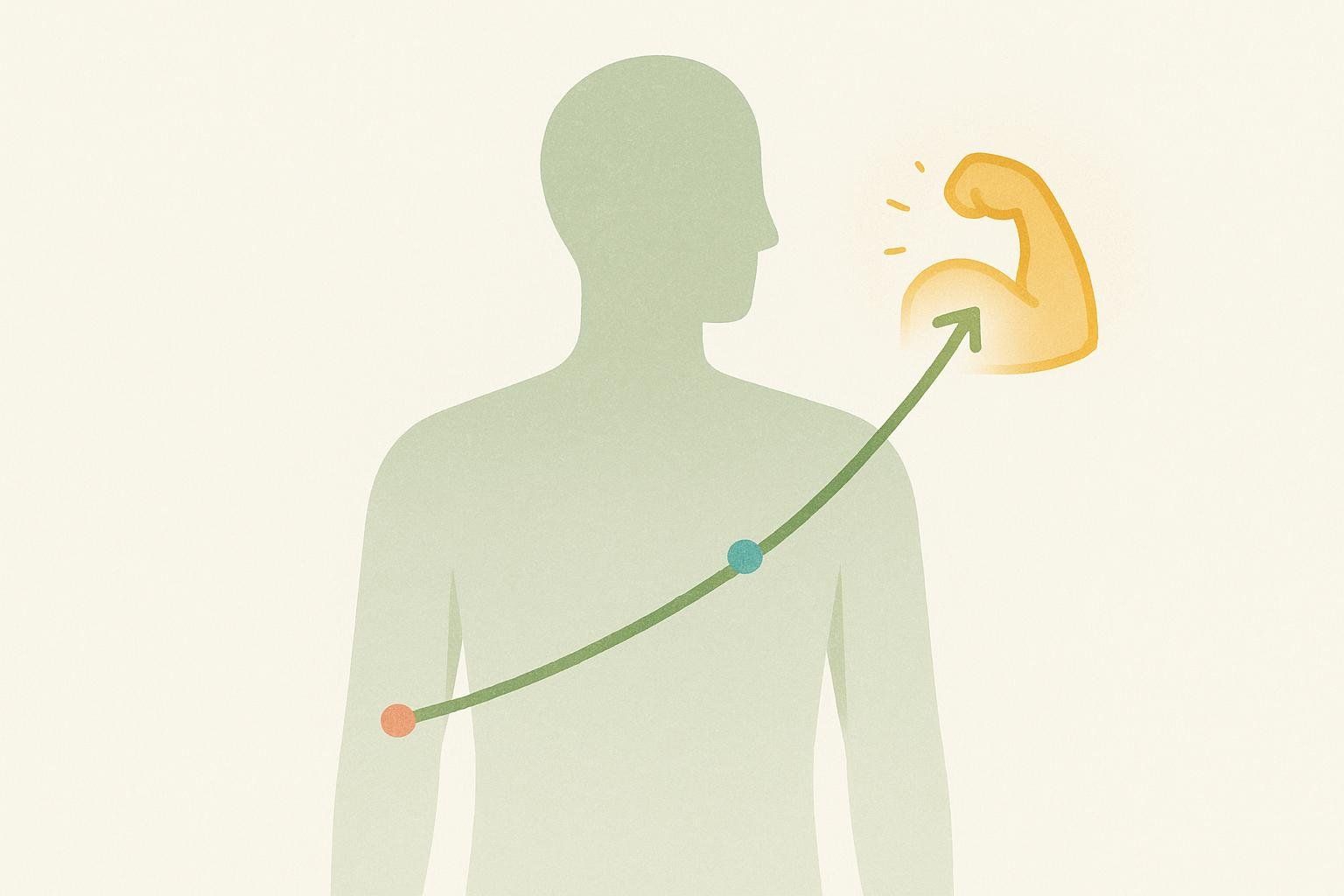
Book a BodySpec scan to connect what you feel with what you’ve built.
